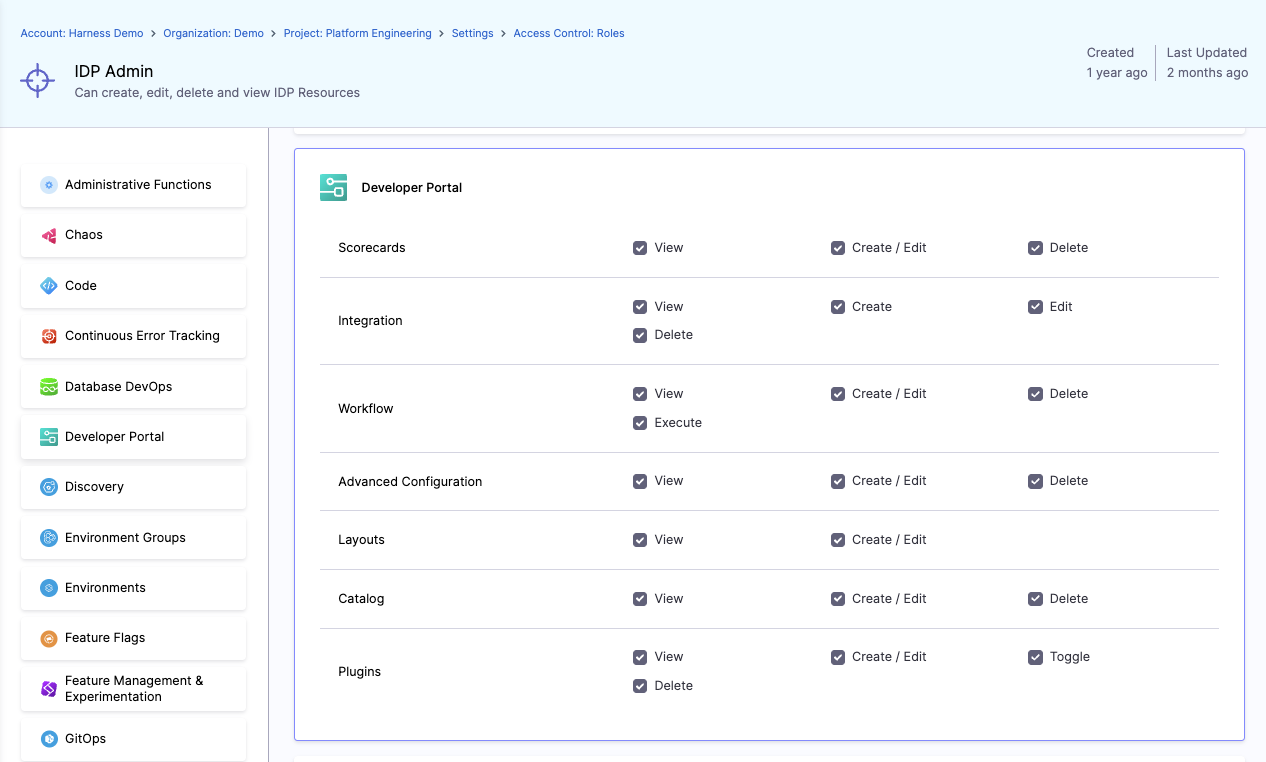
Harness this week updated its internal developer portal (IDP) to enable software development teams to use more granular controls that enable projects to be organized around a more hierarchical structure.
Based on open source Backstage software being advanced under the auspices of the Cloud Native Computing Foundation (CNCF), the latest version of Harness Internal Developer Portal has also been extended to enable the creation and management of entities with a software catalog as part of that effort to provide more control over how software development is managed. Additionally, Harness is exposing additional application programming interfaces (APIs) to create and manage catalog entities.
As a result, entities and workflows can now be managed at the project, account or organizational level using role-based access controls (RBAC) to restrict who can read, create, edit, delete and execute workflows.
Harness has also revamped the user interface (UI) to make it easier to filter views based on who has been granted access to entities. For example, entity pages now clearly show scope, ownership, and references and can be filtered by these columns. Scorecards are also now natively integrated with the catalog to make it easier to track key performance indicators (KPIs). As a result, the Harness IDP is now more accessible to members of the DevOps team who may prefer to access a UI rather to perform a function versus having to write another script.
Finally, Harness is now making it possible to have changes to entities reflected in both its IDP and Git repositories. Enabled using webhooks, changes made directly in the UI can now be pushed to a Git repository directly or via pull request in a way that eliminates polling and manual refreshes. Harness is also making available a Git connector for each entity or set of entities to provide more control over how those integrations are configured.
Manisha Sahasrabudhe, senior director of product for Harness, said Harness is trying to simultaneously make Backstage more accessible by not requiring users to understand how to manage YAML files while enabling organizations to implement more controls. Originally developed by Spotify, the Backstage IDP is designed for organizations that typically provide access to tools and components with few restrictions. The typical enterprise, however, relies on a more hierarchical structure for managing software projects to ensure compliance with regulations, so there was a clear need to extend the core Backstage project, she noted.
In general, given the challenges associated with deploying and maintaining an IDP, Harness only recommends adoption to organizations that have at least 100 developers, said Sahasrabudhe. Otherwise, the level of effort required to configure, deploy and maintain an IDP is going to exceed the benefits provided, she added.
In fact, IDPs are typically deployed by organizations that have adopted platform engineering as a methodology for unifying the management of DevOps workflows at scale. By enabling developers to self-service their own requirements within the context of an approved set of tools and platforms, the number of support tickets that would otherwise be generated is also substantially reduced. Longer term, Harness is also working toward developing artificial intelligence (AI) agents to make its IDP even more accessible, noted Sahasrabudhe.
In the meantime, while the potential benefits of an IDP that is used as the foundation for enabling platform engineering are clear, the amount of effort and expertise required to achieve that goal still remains significant.

